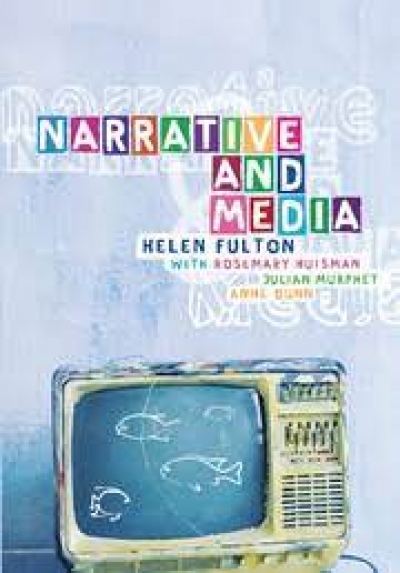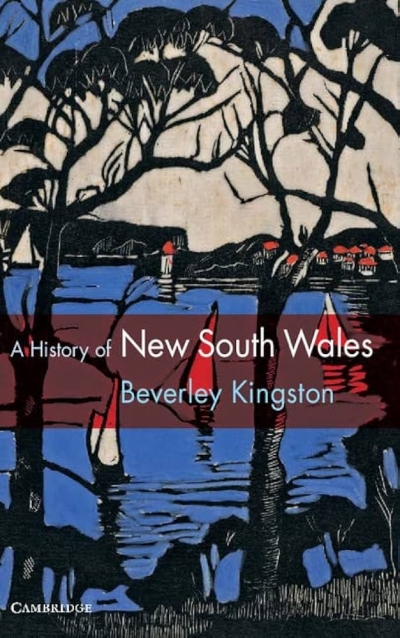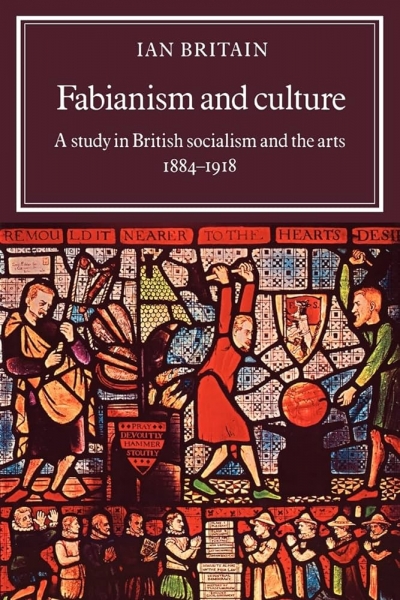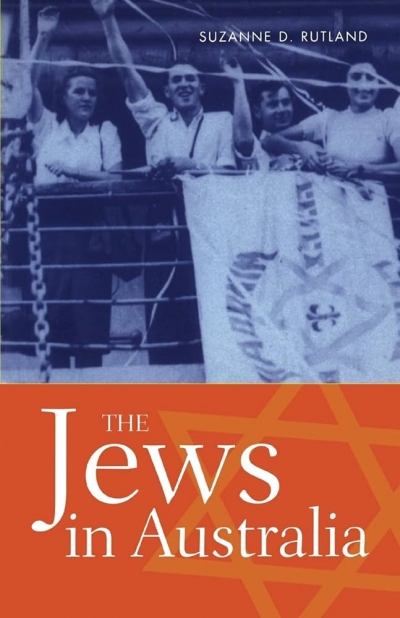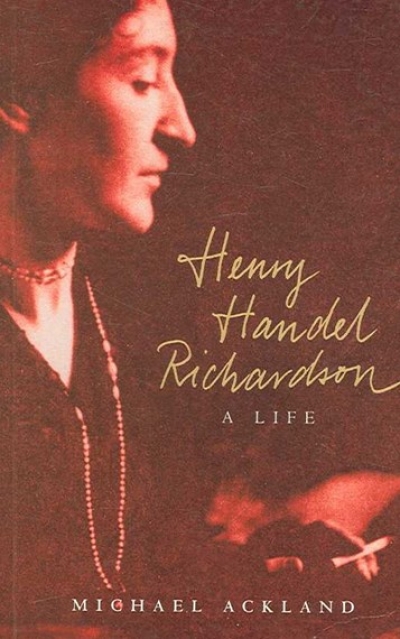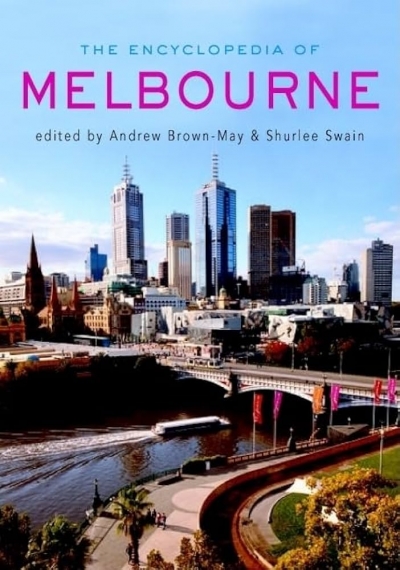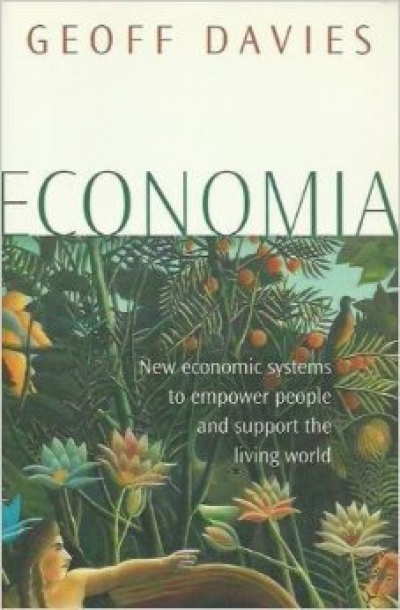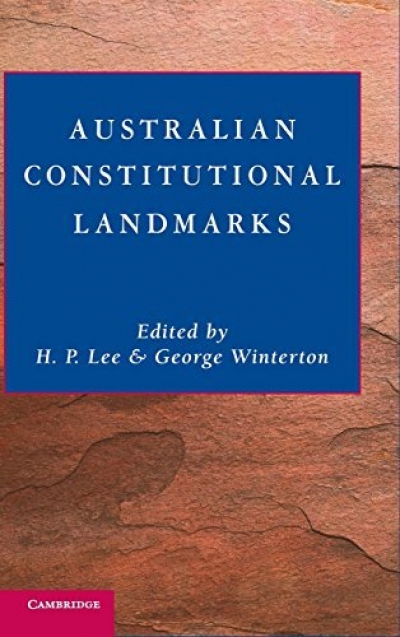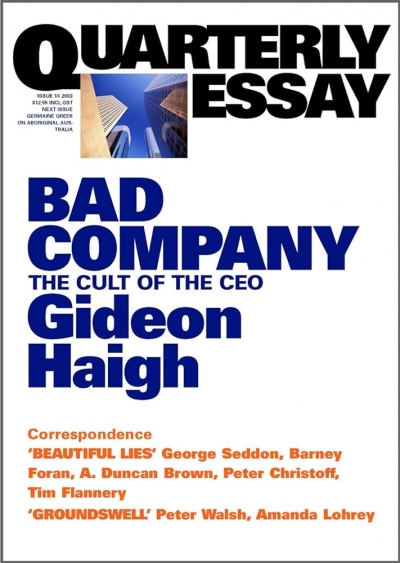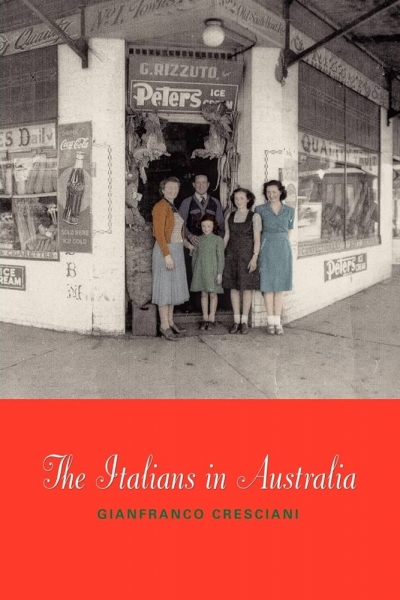Cambridge University Press
Fabianism and Culture: A study in British socialism and the arts 1884–1918 by Ian Britain
by Ian Britain •
Encyclopedia of Melbourne edited by Andrew Brown-May and Shurlee Swain
by Tony Marshall •
Economia by Geoff Davies & How Australia Compares by Rod Tiffen and Ross Gittens
by Philip Clark •
Australian Constitutional Landmarks by H.P. Lee and George Winterton
by Michael Kirby •
Bad Company by Gideon Haigh & The Big End of Town by Grant Fleming, David Merrett and Simon Ville
by Richard Walsh •
The Italians in Australia by Gianfranco Cresciani
by Loretta Baldassar •

